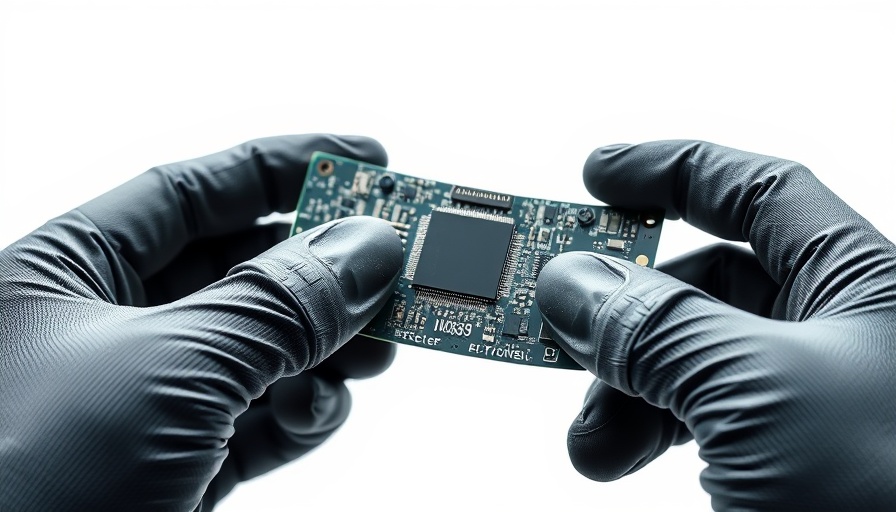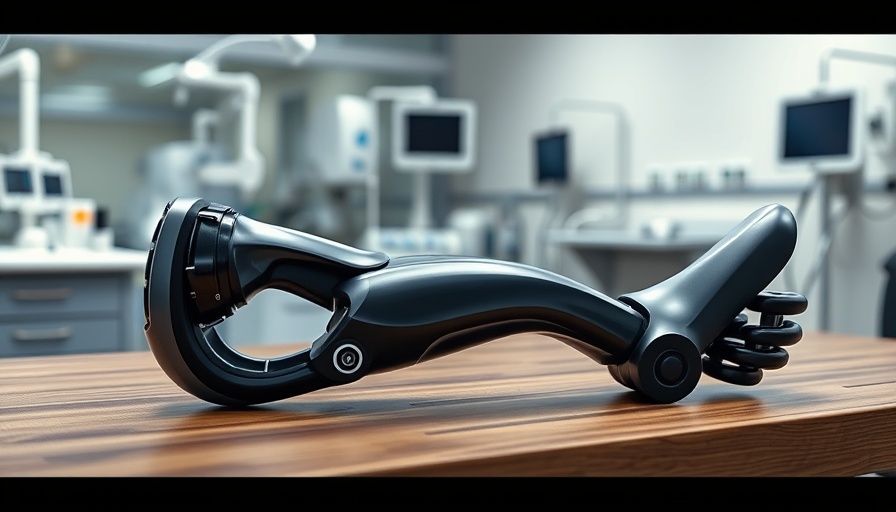
Security Challenges in Healthcare Collaboration Platforms
In the fast-paced world of healthcare, collaboration platforms have become essential for enhancing productivity and providing quality care. However, with their rising use comes heightened security risks, particularly regarding the protection of sensitive patient data. To navigate this intricate landscape, healthcare organizations must address the vulnerabilities that these platforms may introduce.
Importance of Data Protection Strategies
Effectively protecting patient information in collaboration tools requires a proactive strategy. Organizations need to implement measures such as end-to-end encryption and two-factor authentication. These features not only secure communications but also bolster compliance with strict regulations like HIPAA. The increase in file sharing and messaging tools necessitates robust solutions that can identify and safeguard sensitive data while providing oversight on how information is shared.
Leveraging Advanced Security Features
The evolution of meeting platforms, including Microsoft Teams and Zoom, showcases advancements in security features aimed at ensuring compliance and protecting privacy. Tools such as waiting rooms for user vetting and password protection during meetings reinforce access control. Jennifer Glenn from IDC emphasizes that healthcare organizations should seek out risk dashboards that foster visibility and alert mechanisms to monitor potential threats to patient information.
Continuous Evaluation of Shared Content
As collaboration becomes ingrained in daily operations, it is vital for healthcare systems to assess the necessity of shared content regularly. Heidi Shey from Forrester advocates for the implementation of tools that identify outdated or non-essential shared items while flagging high-severity risks that call for immediate attention. Such capabilities significantly enhance an organization's security posture, ensuring that sensitive data remains protected without causing operational overwhelm.
Knowledge is Power: Equip Yourself with the Right Tools
Security in healthcare collaboration isn’t a one-time setup but a continuous improvement process. Organizations need to invest in training and resources to enhance their cybersecurity frameworks. By doing so, they will not only protect patient data but also build trust with patients who expect their information to be handled with care.
In conclusion, the balance between enhancing productivity and securing sensitive information in healthcare collaboration platforms remains a delicate act. By understanding the risks and implementing effective security measures like encryption, multifactor authentication, and ongoing content evaluation, healthcare organizations can thrive in a secure digital environment.
 Add Row
Add Row  Add
Add 




Write A Comment